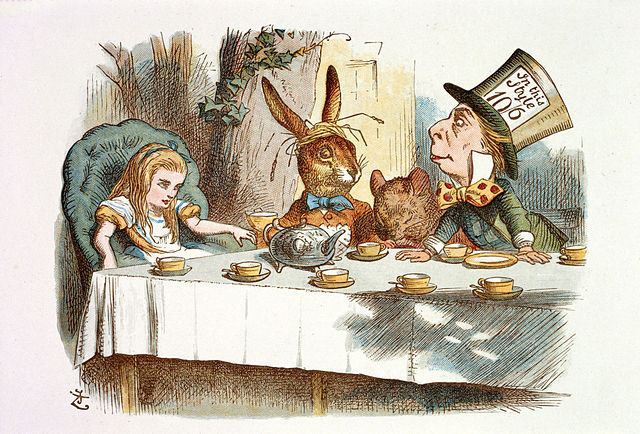
Somewhere in the last weeks I got to thinking about mirror images, and so to the possible contents of the worlds on the other side of the Mirror, and to our interfaces with the outer world which seem to give us access to MirrorWorld (think computer screen, TV screen, movie screen...). These are pretty deep waters, awash in challenges to our notions of Real Reality, but obviously compelling. And so it occurred to me that the Siren Song of Nonsense is forever inviting us onto the rocks of UnReality...
I can't remember when I didn't know the images that went along with the wonderful Story of Alice, which was read to me many times (mostly by my beloved sister Alice), until I could read it myself.

Pretty much everybody has some familiarity with Alice in Wonderland, and the addition of characters from Through the Looking-Glass (Jabberwocky, Tweedledum and Tweedledee, The Walrus and the Carpenter, The Red Queen, H. Dumpty...) rounds out the Carrollean menage. A look at Wikipedia will fill in any gaps in your irreality:
and, to gauge the reach of this nonsensical realm, consider
Amazon blurb:
Through the Looking-Glass, and What Alice Found There (1871) is a work of children's literature by Lewis Carroll (Charles Lutwidge Dodgson), generally categorized as literary nonsense. It is the sequel to Alice's Adventures in Wonderland (1865). Although it makes no reference to the events in the earlier book, the themes and settings of Through the Looking-Glass make it a kind of mirror image of Wonderland: the first book begins outdoors, in the warm month of May, on Alice's birthday (May 4), uses frequent changes in size as a plot device, and draws on the imagery of playing cards; the second opens indoors on a snowy, wintry night exactly six months later, on November 4 (the day before Guy Fawkes Night), uses frequent changes in time and spatial directions as a plot device, and draws on the imagery of chess. In it, there are many mirror themes, including opposites, time running backwards, and so on.
*****
Perhaps the Question that lurks behind these 19th century classics is:
what roles does/should/can nonsense play in one's life?
(I've already made the case for whimsy in my own being, but that's just one kind of nonsense.)
What are other kinds of nonsense that you have engaged with?
What would you prescribe for the young as essential nonsense reading/viewing?
*****
(please note that I am unconstrained by "the colloquial conception of nonsense" that sees Nonsense in the pejorative voice:...language having no meaning ... conduct, action that is senseless ... conveying no intelligible ideas ...and see thesaurus.com for a lexicon of terms that belittle 'nonsense'.
behavior that is silly or stupid ... no meaning or pattern ... an untrue statementI want much more elbow room for Nonsense:
to include a great deal that can only be as a product of Imagination:
the fanciful, the not-really-possible, the Path Not Taken, the fictive)
It's no surprise that Maria Popova has sage things to contribute:
Reality, of course, is a tapestry of subjectivities and tacit consensuses,
trapped often in the frames of reference laid down by any given life
and always in the limitations of human consciousness, with its myriad blind spots for
strata of reality we are physiologically and psychologically unequipped to perceive.
It is only through metaphor that we can begin to conceive of what we cannot perceive,
be it an atom or the black hole at the center of our galaxy or the pain of another.
*****
There are many ways to approach the rocky shores of Nonsense,
and Charlie helps us out:
but how did he do that, as character and as actor?
or consider these four examples of nonsense-fuelled Pianism, and ask what is it they're doing?:
or:
or:
or:
and maybe see Analyzing Hiromi Uehara's "Pachelbel's Canon"
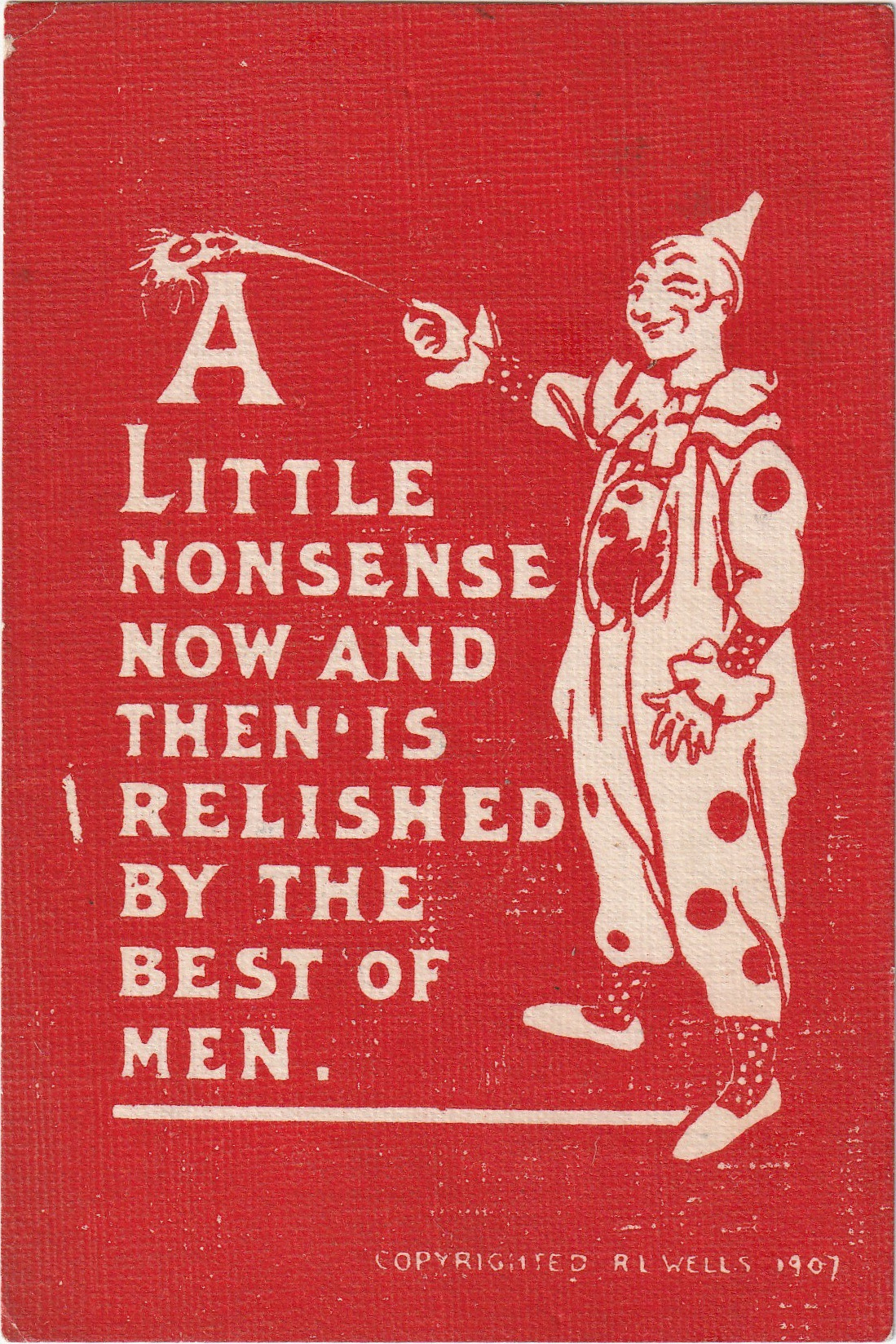
*****
Abner Dean's What Am I Doing Here? (1948 ==>
Kenneth Grahame's Wind in the Willows (1950 ==>)
New Yorker cartoons (1950 ==>)
Walt Kelly's Okefenokee swamp (1952 ==>)
Charles Addams (1952 ==>)
Tolkien's Middle Earth (1955 ==>)
Al Capp's Dogpatch (1955 ==>)
Tove Jansson's Moominworld (1962 ==>)
Edward Gorey (1962 ==>)
R. Crumb's Amerika (1968 ==>)
Neil Gaiman's The Sandman and other works (1988 ==>),
Terry Pratchett's Diskworld (1993 ==>)
...and Bosch, Grünewald, Breugel, Dürer, Grandville, Daumier
Art Spiegelman's Maus
the Surrealist, Cubist, and Dada turns in various art media
vast numbers of fantastical video world (The Big Lebowski is the tippy tip of that iceberg)
preposterous music (Spike Jones, Tom Lehrer, many more)
of course the fictional worlds of novels, graphic and textual,
and a large stable of graphic artists who operate on the fringes of the literal and believable: Steinberg, Sorel, Booth, Kliban, Steadman...
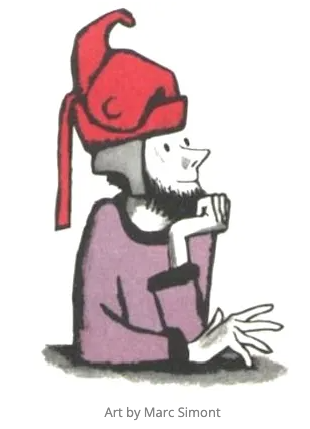
A soft finger touched his shoulder and he turned to see a little man smiling in the moonlight.
He wore an indescribable hat, his eyes were wide and astonished,
as if everything were happening for the first time, and he had a dark describable beard.
...
(the Duke speaks)
"You mere device," he gnarled. "You platitude! You Golux ex machina!"
...
"I am the Golux, the only Golux in the world and not a mere device."
I share with Neil Gaiman
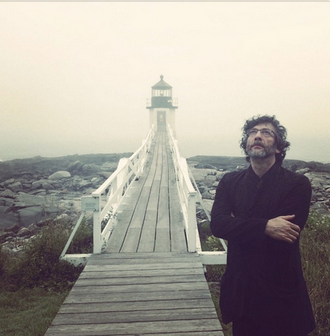
a very long acquaintance with Thurber's The 13 Clocks
(see Juan Delcan's animation, narrated by Himself, of the first chapter
and consult this marvelous list of tropes found within the book).
Digression on tropes:A trope is a storytelling device or convention, a shortcut for describing situations the storyteller can reasonably assume the audience will recognize. Tropes are the means by which a story is told by anyone who has a story to tell. We collect them, for the fun involved.Tropes are not the same thing as cliches. They may be brand new but seem trite and hackneyed; they may be thousands of years old but seem fresh and new. They are not bad, they are not good; tropes are tools that the creator of a work of art uses to express their ideas to the audience. It's pretty much impossible to create a story without tropes.
https://tvtropes.org/pmwiki/pmwiki.php/Main/TropesAnd just yesterday I got the Kindle version of Jennifer Hilt's The Trope Thesaurus, which "explores tropes common in romance, mystery, suspense, thriller, science fiction, and fantasy. It also features a listing of tropes with their definitions, along with some ideas about how to use them more effectively to craft stronger stories."
There are some standout films/videos in this realm, the most obvious being Who Framed Roger Rabbit? but extending from Disney to Fat Freddy's Cat and then bouncing off to R Crumb and caroming into the present of tattoo art... and so on.
The realm of the toons is entirely and absolutely nonsensical, though the plot lines and the artwork are wholly human creations, which have vast power over (and/or can mold the lives) of those who encounter them. Consider the Disney Princess (YCMTSU folks) as a profound and very lucrative sociocultural catastrophe of our times.
Now for some evidence:
(which by the way had its start in the 1981 book Who Censored Roger Rabbit?)
There's a long history of toons... Max and Moritz from 1865 or so...
and
and
and onward... See the absolutely essential A Biography of the Pixel (Alvy Ray Smith 2022) to see where toonworld seems to be going.
(and coming soon to this space: The Hunting of the Snark)
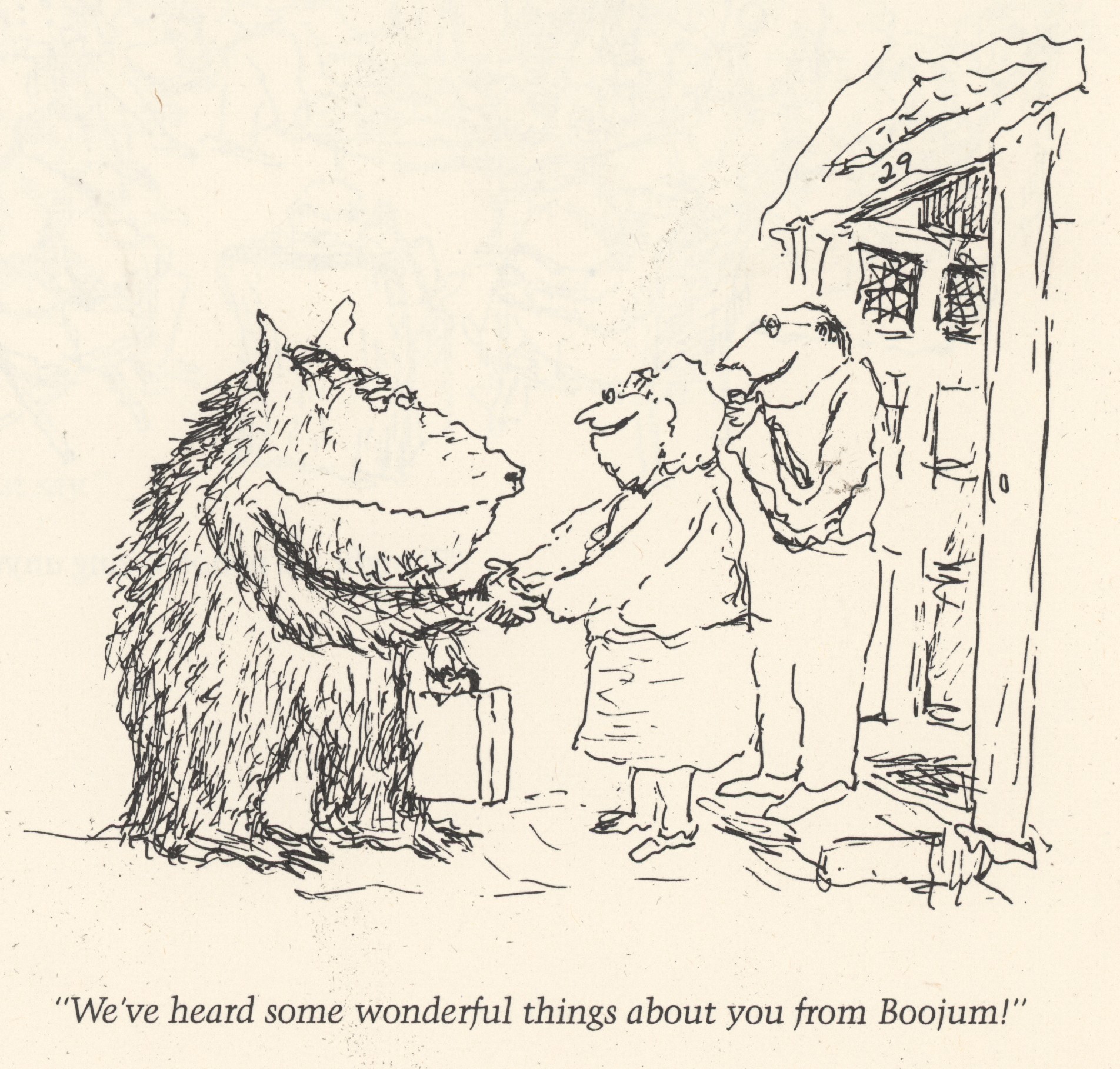
Another case in point is The Wizard of Oz
(the spouse of our Best Man, Gina Wickwar, has lived her life with Oz looking over her shoulder)
The urge to find a coherent pattern makes it more likely that the brain will find one. ...studies have found that people in the grip of the uncanny tend to see patterns where none exist... The urge for order satisfies itself, it seems, regardless of the quality of the evidence. Still, the new research supports what many experimental artists, habitual travelers and other novel seekers have always insisted: at least some of the time, disorientation begets creative thinking.
(Benedict Carey "How nonsense sharpens the intellect" NYTimes 5x2009)

Eventually this concern with nonsense and illusion and imagination comes around to my abiding 60-year engagement with the medium of photography, and with those who have worked on the edges of the uncanny, the image-inary: Gene Meatyard, Clarence Laughlin, Jerry Uelsmann, Frederick Sommer. Aaron Siskind is nearby too. And Minor White and Carl Chiarenza. And those of surrealist bent: Man Ray, Florence Henri, Dora Maar, Laszlo Moholy-Nagy. They're sometimes tagged as "visionary" photographers, but even those who are celebrated as "documentary" photographers sometimes wander into subjective territory. One way of reading Robert Frank's work in The Americans is that he was an alien (a Swiss, in fact) looking at and recording uncomfortable aspects of the American psyche and American mythos. His work changed American photography in ways that are still unfolding. Frank said himself
I think people like the book because it shows what people think about, but don't discuss. It shows what's on the edge of their mind.
Wikipedia and literarydevices.net
This is thin-ice cultural territory, where what began as poppycock and nonsense evolves to seize positions in "real reality". Consider: how long ago was it that there was the first discussion of mind-hacking? Or of cyborgs? Or of developing "artificial intelligence" and putting it to work? 50 years ago pretty much all of that was entirely the stuff of Science Fiction, of futurism, of murky government programs, of obscure fringe technologies which have since turned into industrial behemoths. It's where History of Technology has to go next.
Cases in point: 100,000 humans that don't exist ("Super realistic whole-body images. Use them wherever you want and don't worry about legal stuff.")
and
The Best AI Tools to Help You Work and Create from Gizmodo
And as for what comes next for oneself, besides (re?)placing myself in silico, I figure that as an almost-octogenarian I don't have to engage with most of those frontiers of technology.
Famous Last Words.
It's been a breathtaking ride, this last 30 years, and I owe a lot of my present grip on the handlebars to notions and people encountered along the way. And to generous helpings of Nonsense, served up to my senses as I ramble 'round...
A Last Word from Gelernter's Mirror Worlds: Or: The Day Software Puts the Universe in a Shoebox...How It Will Happen and What It Will Mean from 1991:
An event will happen someday soon: you will look into a computer screen and see reality ... this Mirror World you are looking at is fed by a steady rush of new data pouring in through cables ... these programs are intended to help you comprehend the powerful super-techno-glossy, dangerously complicated and basically indifferent man-made environments that enmesh you, and that control you to the extent that you don't control them. (pg 6)